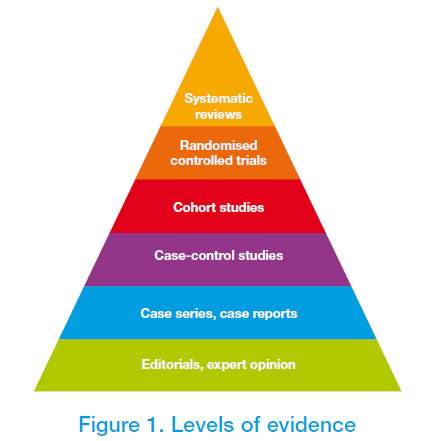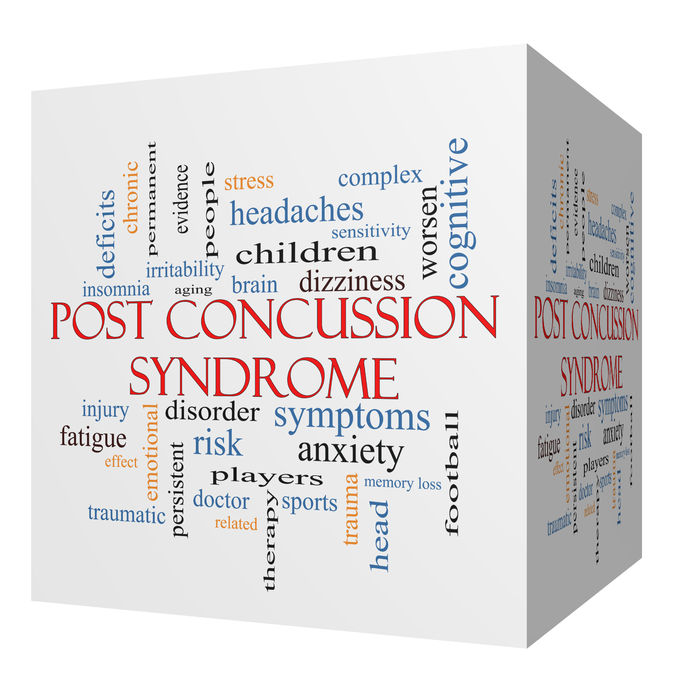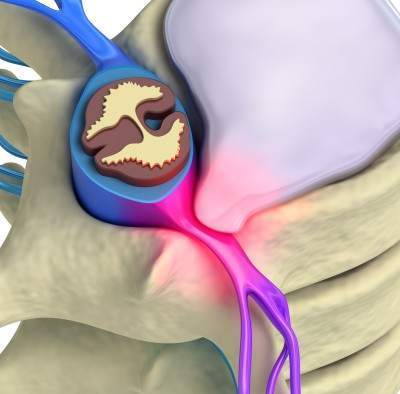Considering Chiropractic Care for Pain Relief? The Evidence

Exploring Chiropractic Solutions for Pain Management
Have you been contemplating a visit to a chiropractor to alleviate your pain? It’s a common consideration for many seeking relief from various discomforts.
The Science Behind Chiropractic Treatments
Many wonder about the scientific backing of chiropractic methods. This article presents straightforward evidence supporting the effectiveness of chiropractic care, highlighting research-backed treatments. Additionally, it distinguishes between well-supported practices and those with less empirical support.
Evidence-Based Chiropractic Care: What You Need to Know
Understanding the difference between general chiropractic treatments and evidence-based practices is crucial. An evidence-based chiropractor relies on treatments proven effective through research, offering you the most reliable path to pain relief.
Identifying Conditions Treated by Chiropractic Care
We delve into specific conditions that respond well to chiropractic interventions, backed by substantial research. Conversely, we also discuss areas where chiropractic care may not have proven efficacy, helping you make an informed decision about your health care options.
Choosing the Right Chiropractor
Selecting a chiropractor should be a careful decision. Look for professionals who prioritize evidence-based treatments, ensuring you receive care that’s not only effective but also scientifically validated. For further guidance on selecting the right chiropractor, explore additional resources below.
6 Things You Should Look For In A Chiropractic Clinic: Chiropractic Clinic Best Practices
Discover The Best Toronto Chiropractor For Your Needs
The Evidence For Chiropractic
Chiropractic spinal manipulation is widely used for the treatment of lower back pain, neck pain, and headaches, whether acute or chronic. It is also frequently used for pain in other areas, such as the shoulders, knees, jaw, ankle and foot.
See Also: How To Find the Best Toronto Chiropractor
Numerous studies prove that chiropractic is safe and effective backed up by research. Not all research is created equally though. The best types of research are:
- Randomized Controlled Trails.
- Systemic Reviews (A Review of Many Studies).
The evidence I present here is restricted to only these two types of research.

Effectiveness of manual therapies: the UK evidence report
Chiropractic & Osteopathy 2010, 18:3 Systems Review
Chiropractic is effective for:
- Acute, Subacute, and Chronic low back pain.
- Migraine and cervicogenic (headache that comes from the neck).
- Cervicogenic dizziness (Dizziness that comes from the neck).
- Acute/subacute neck pain.
Evidence is not conclusive but beneficial for the following conditions according to the research. My experience has been that chiropractic is highly effective for the conditions listed below (except #7 and #8), especially when combined with rehabilitation, acupuncture, postural exercises, and modalities like laser and ultrasound. For the most part, though researchers like to check only one thing at a time to find out what is working. Thus most research doesn’t test real-life clinical treatments. Why? Most chiropractors do more than just manipulate.
See Also: 6 Things You Should Look For In A Chiropractic Clinic
- Mid back pain
- Sciatica
- Tension-type headache
- Coccydynia (Tail Bone Pain)
- TMJ (Temporomandibular Joint Disorder)
- Fibromyalgia
- Premenstrual syndrome
- Pneumonia in older adults.
Chiropractic has not been proven to help any of the following conditions. If a chiropractor is making these claims the research to date has shown that chiropractic is ineffective at treating these disorders..
If a chiropractor tells you that there is research that backs up these claims, they are unsubstantiated. You should leave the clinic. [7],[8],[9]
- Asthma including childhood asthma
- Dysmenorrhea (Menstrual Cramps)
- Hypertension (High Blood Pressure)
- Otitis media (Ear Infections)
- Enuresis (Bed Wetting at night)
- Infantile colic
- Mental Health Conditions such as depression phobias or anxiety disorders
British Study Comparing Chiropractic and Hospital Treatment [1],[2]
British Medical Journal 1990 & 1995: Randomized Controlled Trail
The Medical Research Council (government-funded) in England studied 741 people to compare hospital outpatient treatments to chiropractic clinical treatment.
- This Randomized Controlled trial showed that the chiropractic care group had significantly better long-term benefits that started soon after treatment started.
- The greatest benefit was for chronic and severe low back pain patients.
- A longer-term follow-up study showed longer-lasting effects for the chiropractic group.
- Less lost time at work in the chiropractic group.
This means that chiropractic when compared to medical care and physiotherapy resulted in better results in less time and a longer term benefit. Unlike most trials this was a real situation in which chiropractors were able to provide all the treatments chiropractors believed would help their patients like, exercises, posture advice, muscle work like myofascial releases and spinal manipulation.

British Study Comparing Manipulation, Medical Care and Exercises[3]
British Medical Journal 2004: Randomized Controlled Trail
The Medical Research Council in England did a third follow-up study of 1334 people to compare spinal manipulation, exercise classes and general medical care.
- Spinal Manipulation is cost-effective compared to the “best care” for lower back pain currently offered.
- Spinal Manipulation is a significantly better treatment compared to medical care for the full year of the trial.
- The “right” exercises improve people only up to 3 months.
- Spinal Manipulation alone and manipulation followed by exercise provide cost-effective additions to care in general practice.
This means that spinal manipulation followed by exercises provides the best care for people.
Chiropractic Hospital Treatment Compared to Medical Management for Acute Low Back Pain [4]
Spine Journal 2010: Randomized Controlled Trail
- Chiropractic care was compared to family physician care for acute lower back pain.
- Chiropractic care included reassurance, Tylenol, 4 weeks of chiropractic manipulation, and return to work in 8 weeks.
- Physician care was usually what was recommended ie physiotherapy, medication.
Chiropractic care including spinal manipulation significantly improves acute low back pain compared to the usual family physician care. This study was performed by medical doctors and chiropractors.

North American Spine Society Study for Spinal Manipulation for Acute Low Back Pain [5]
Spine Journal 2010: Systems Review
- This study reviewed 14 randomized controlled trials with spinal manipulation.
- Results suggest that lower back manipulation (chiropractic adjustments) achieves equivalent or superior improvement in pain and function when compared to other treatments.
- Other treatments included modalities (machines like laser, ultrasound and shockwave), medications, education and exercise.
Please tell us what you think in the comments below and like us on Facebook. This Toronto Downtown Chiropractor will answer all questions in the comments section.
Research About Chiropractic Care
1. Meade, TW, et al (1990) Low back pain of mechanical origin: randomized comparison of chiropractic and hospital outpatient treatment. British Medical Journal, Vol. 300, pp 1431-37.
2. Meade, TW, et al (1995) Randomized comparison of chiropractic and hospital outpatient management for low back pain: results from extended follow-up.British Medical Journal, 311:349.
3. British Medical Journal Online First, Nov 19, 2004:1-6
4. The Chiropractic Hospital-based Interventions Research Outcomes (CHIRO) Study: A Randomized Controlled Trial on the Effectiveness of Clinical Practice Guidelines in the Medical and Chiropractic Management of Patients with Acute Mechanical Low Back Pain, Spine Journal, 2010.
5. North American Spine Society Contemporary Concepts in Spine Care: Spinal Manipulation Therapy for Acute Low Back Pain, Spine Journal, October 2010.
6. Bronfort G, Haas M et al. (2010) Effectiveness of Manual Therapies: The UK Evidence Report.Chiropractic and Osteopathy 18:3 (25 Feb 2010) http://www.chiromt.com/content/18/1/3
7. Olafsdottir E, Forshei S, Fluge G, Markestad T. Randomised controlled trial of infantile colic treated with chiropractic spinal manipulation. Arch Dis Child. 2001 Feb;84(2):138-41.
8. Hughes S, Bolton J. Is chiropractic an effective treatment in infantile colic? Arch Dis Child. 2002 May;86(5):382-4.
9. Balon J, Aker PD, Crowther ER, Danielson C, Cox PG, O’Shaughnessy D, Walker C, Goldsmith CH, Duku E, Sears MR. A comparison of active and simulated chiropractic manipulation as adjunctive treatment for childhood asthma. N Engl J Med. 1998 Oct 8;339(15):1013-20.








